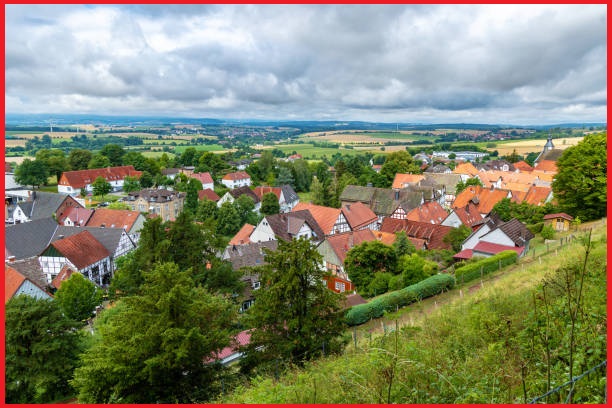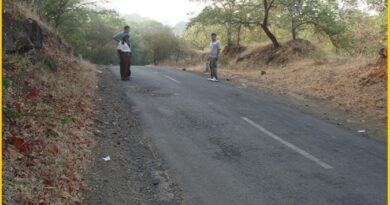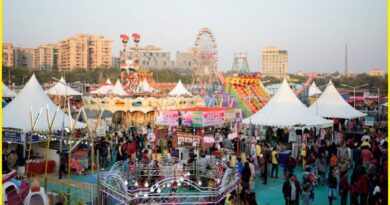The Hellweg Valley- A Scenic countryside in Germany
The Hellweg Valley
The Hellweg Valley is a region in western Germany that stretches from the eastern part of the Rhine-Ruhr metropolitan area to the southern part of the state of Lower Saxony. The valley is named after the historic trade route that passed through it, known as the Hellweg, which connected the cities of Duisburg and Paderborn.
The Hellweg Valley is known for its scenic countryside, charming towns, and rich history. Some of the notable towns and cities in the region include Dortmund, Hamm, Soest, and Paderborn. These cities have a rich cultural heritage and are home to many historic buildings and museums. The region is also known for its industrial heritage, with many of its cities playing a significant role in Germany’s industrial revolution. Today, the area is home to a diverse economy that includes manufacturing, logistics, and services.
Tourists visiting the Valley can enjoy outdoor activities such as hiking, cycling, and water sports, as well as cultural attractions such as museums, theaters, and music festivals. Additionally, the region is known for its local cuisine, which features traditional German dishes such as schnitzel, sausages, and beer.
Hellweg valley Geology
The geology of the Hellweg Valley is varied and complex, with different geological formations and landscapes throughout the region. The southern part of the valley is characterized by the gently rolling hills of the Paderborn plateau, which is primarily composed of limestone and marl. The plateau is covered with forests and grasslands, and features numerous karst formations, including caves and sinkholes.

In the central part of the valley, the landscape is dominated by the Ruhr Valley, which is characterized by steep hills and deep valleys formed by the erosion of coal-bearing sedimentary rocks. This area is known for its coal mining history, and many of the towns and cities in the region were built around coal mines.
Also read- An Extraordinary Sandstone Feature in Germany- The Externsteine Rock
The northern part of the valley is dominated by the Westphalian Lowland, which is primarily composed of sandstone and shale. This area is characterized by flat, fertile farmland and is known for its agricultural production. Throughout the valley, there are also deposits of various minerals, including iron, copper, and lead, which have been mined in the past. The region also has a significant groundwater system, with many springs and rivers flowing through the area.
How to reach Hellweg valley
The nearest major airports to the Hellweg Valley are Dortmund Airport and Paderborn-Lippstadt Airport, both of which have connections to major cities in Europe. From the airport, you can take a taxi or public transportation to your destination in the Hellweg Valley.
The Valley is well-connected by train, with major train stations in Dortmund, Hamm, Soest, and Paderborn. There are regular train connections from other cities in Germany, as well as from neighboring countries. There are also several bus services that operate in the region, connecting the major cities and towns in the Hellweg Valley.



